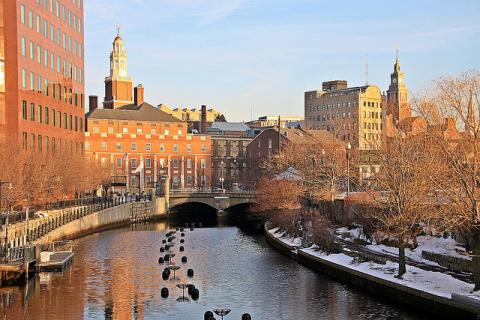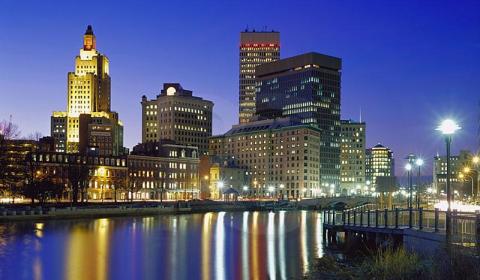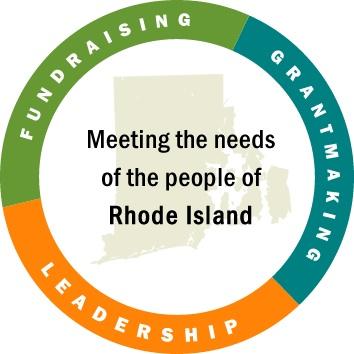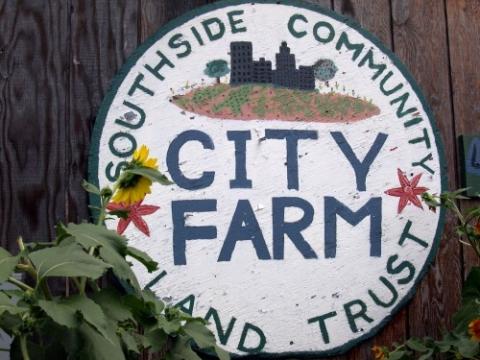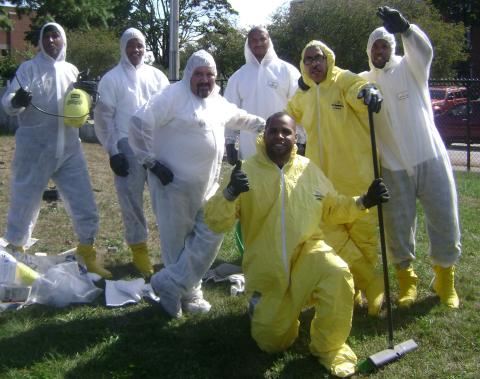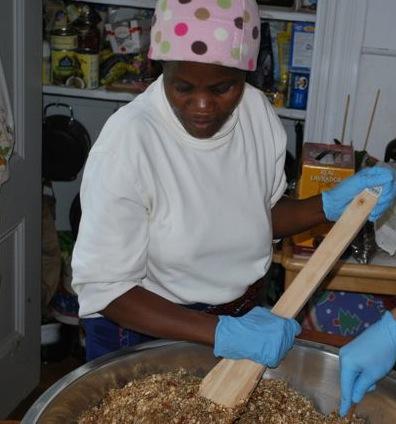Founded in 1636, one of the oldest cities in the United States, Providence is the capital and most populous city in the state of Rhode Island with a population exceeding 178,000. Although the city is the 37th largest in the nation, it only encompasses 18.5 square miles of land, making it also one of the most densely populated cities in the country. According to the 2010 U.S. Census, 38 percent of the residents are Latino, 37 percent are white, 13 percent are African-American, six percent are Asian, and five are percent mixed race.
Once a leader in agriculture, shipping, and industry, Providence suffered severe economic setbacks through the first half of the 20th century as a result of the Great Depression, devastating floods, and blizzards. From 1975 until 1982, $606 million of local and national community development funds were pumped into the restoration of downtown industrial complexes, marketplaces, and office space. In recent years the city experienced further economic stabilization benefitting from the technology boom from Boston, new construction of condos, high-rises, and the Providence Place Mall, as well as the uncovering of the city’s natural rivers, which led to the construction of pedestrian bridges and cobblestone river-walk ways.
One of the first cities in the U.S. to industrialize, the city has made gradual shifts away from manufacturing towards the service industries, anchored by its eight hospitals and seven institutions of higher learning. Brown University, the second largest employer in Providence, has invested over $35 million with Rhode Island-based contractors, directly generating nearly 270 full time jobs in construction and related industries. The University, partnering with local elementary schools and Southside Community Land Trust, has sought to engage the community, through their extensive afterschool programs for underprivileged youth.
Despite a highly educated and highly productive workforce, poverty and dilapidated real estate continue to be entrenched problems throughout the city. The decaying infrastructure sparked the formation of a number of community development corporations (CDCs). for example, Community Works Rhode Island has invested over $60 million resulting in the construction of 1,000 housing units and assisting over 300 families a year through their homeownership training and financial literacy classes. Along with CDCs, community development financial institutions (CDFIs) have made dedicated efforts to assist with community restoration; the Providence Revolving Fund, which works with community organizations such as Smith Hill Community Development Corporation, through two capital funds, has invested over $30 million dollars in the revitalization of abandoned buildings and financial assistance services for low-income residents.
The local government too has engaged in community wealth building efforts. Mayor Angel Taveras’ Pathways to Opportunity Office aims to increase the opportunities for low-income residents to increase job skills, work in jobs with career paths, and participate in financial education programs. The office has created over 200 jobs and launched Jobs Now Providence, a subsidized job creation program that assists residents with job placement in varying state agencies.
Community wealth building foundations in Providence have also played a pivotal role in the community for over 100 years. In 2011, the Rhode Island Foundation, one of the country’s oldest community foundations, provided 1,341 discretionary grants of $10,000 or more to organizations such as the Genesis Center, Grow Smart Rhode Island, and Olneyville Housing Corporation. The foundation strives to better the conditions for Providence’s disenfranchised individuals, youth, and families by increasing the availability of affordable housing, providing ample rental units, and increasing job training programs.
An overview of community wealth building efforts follows:
